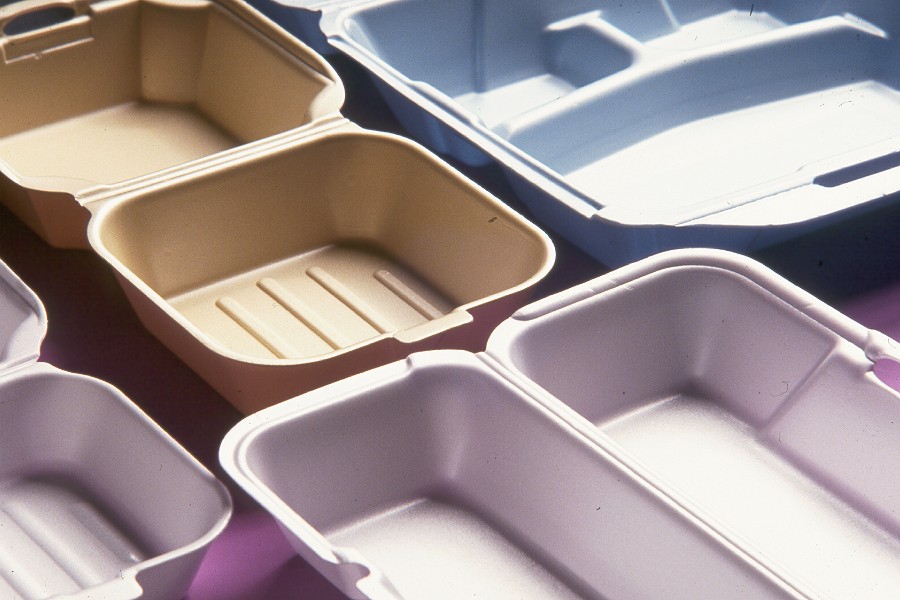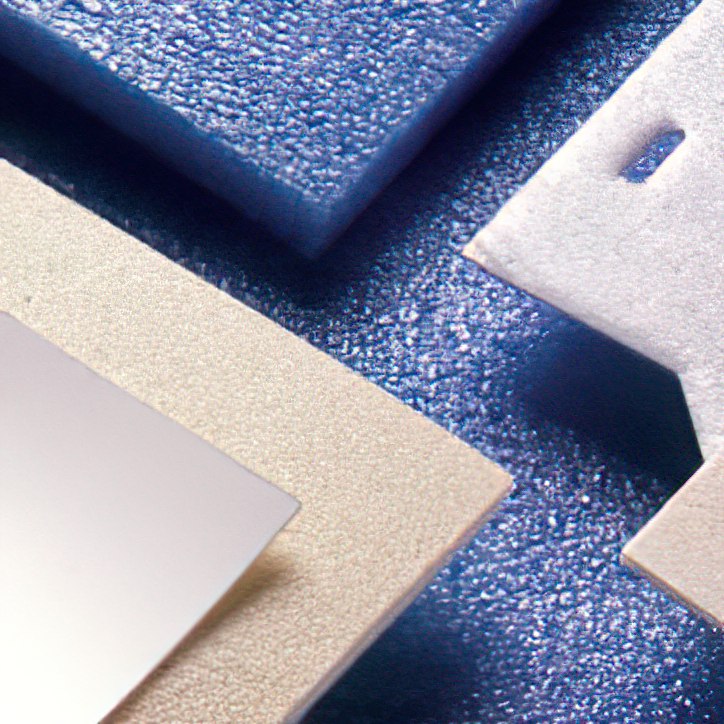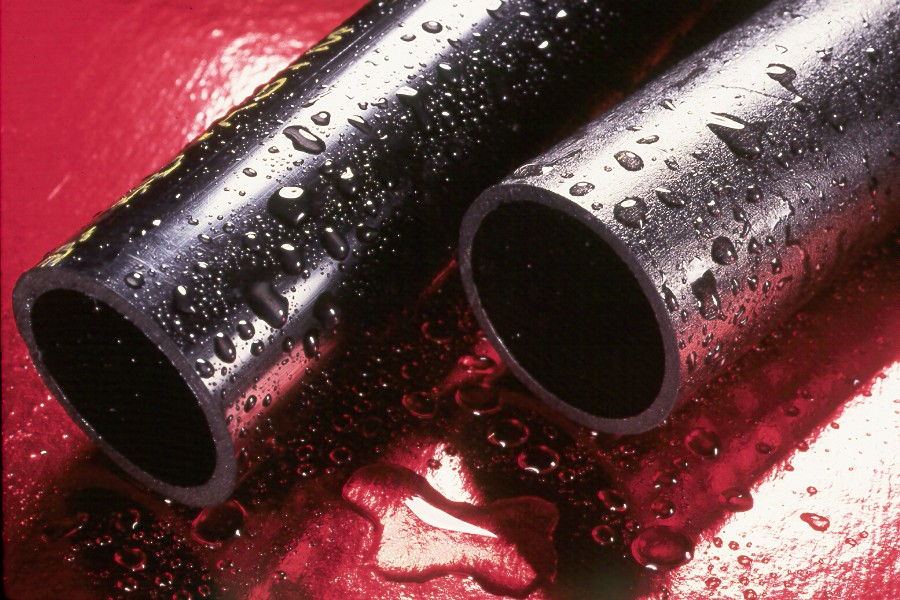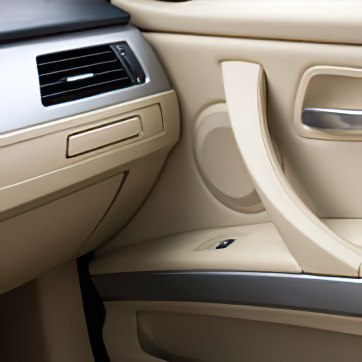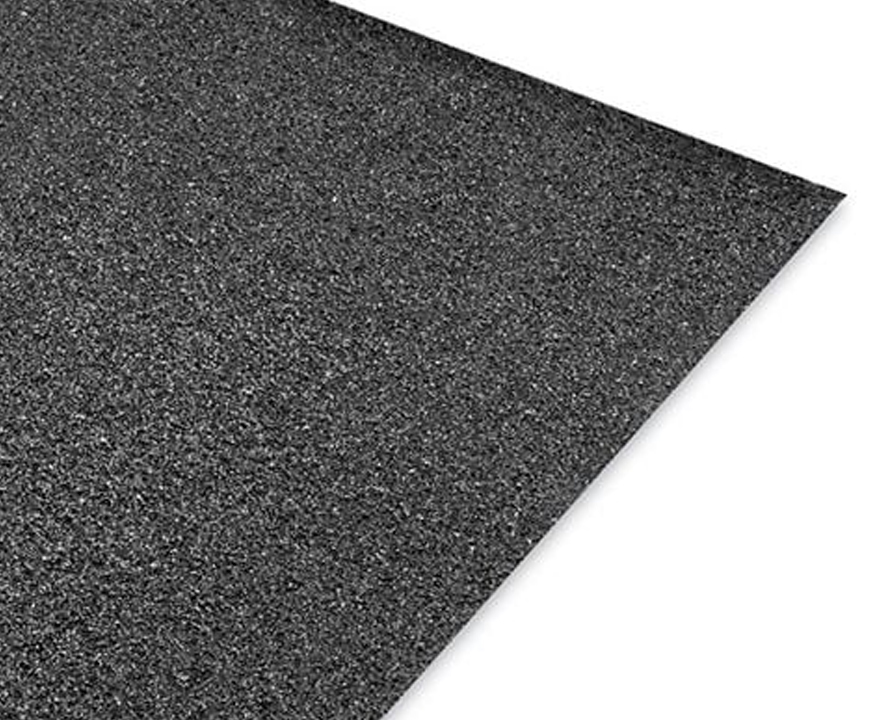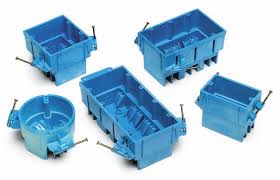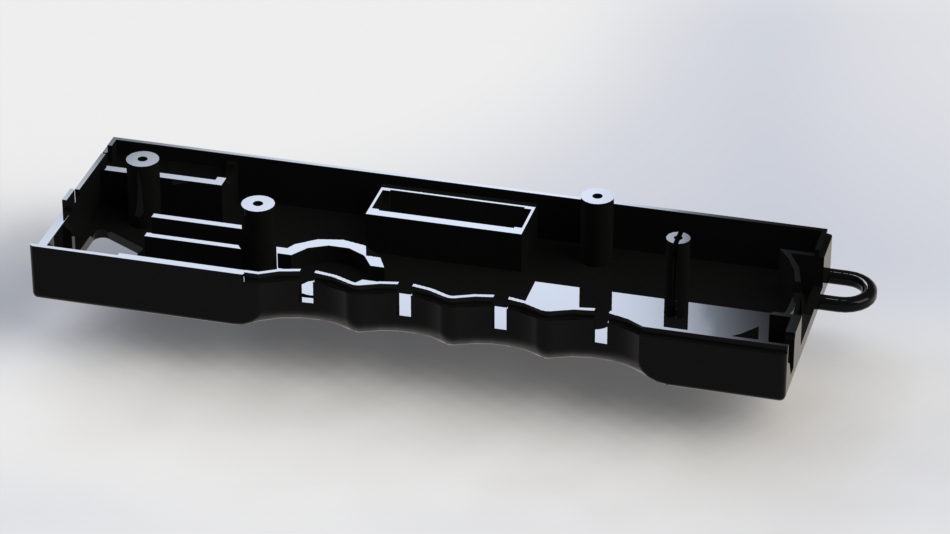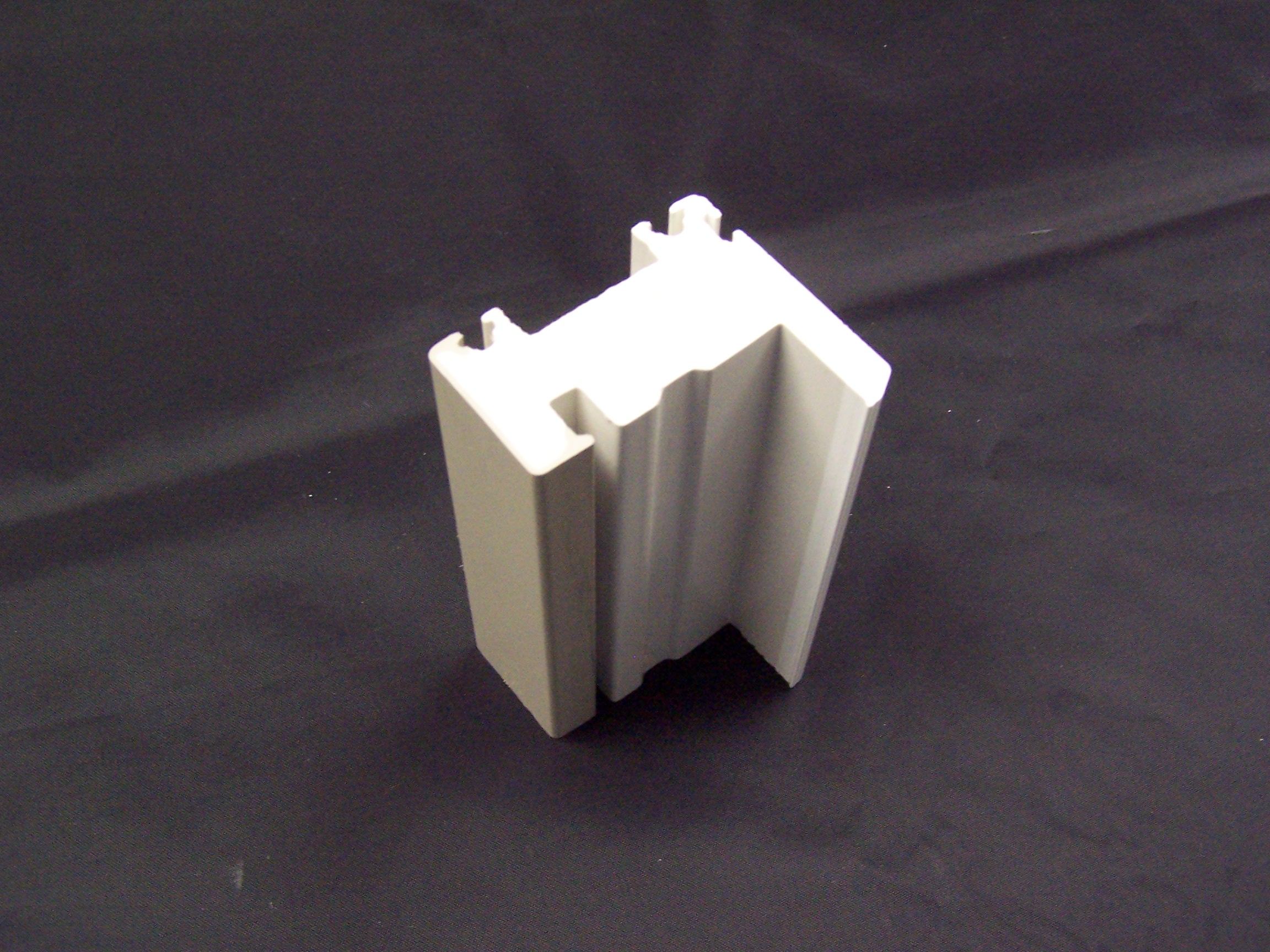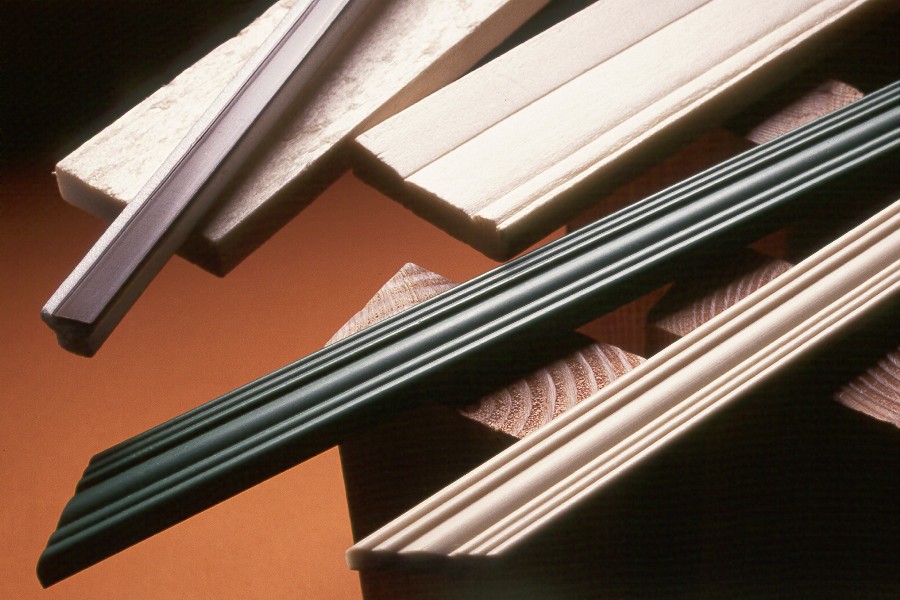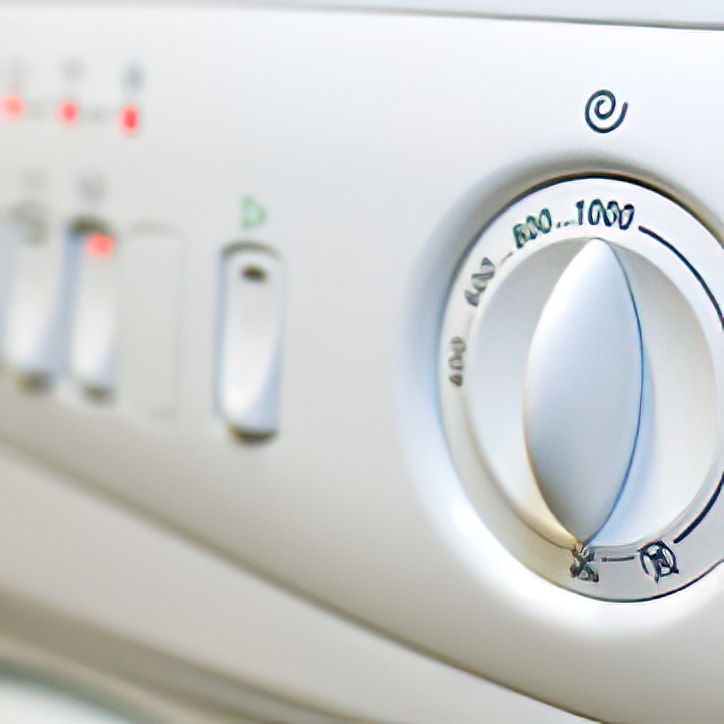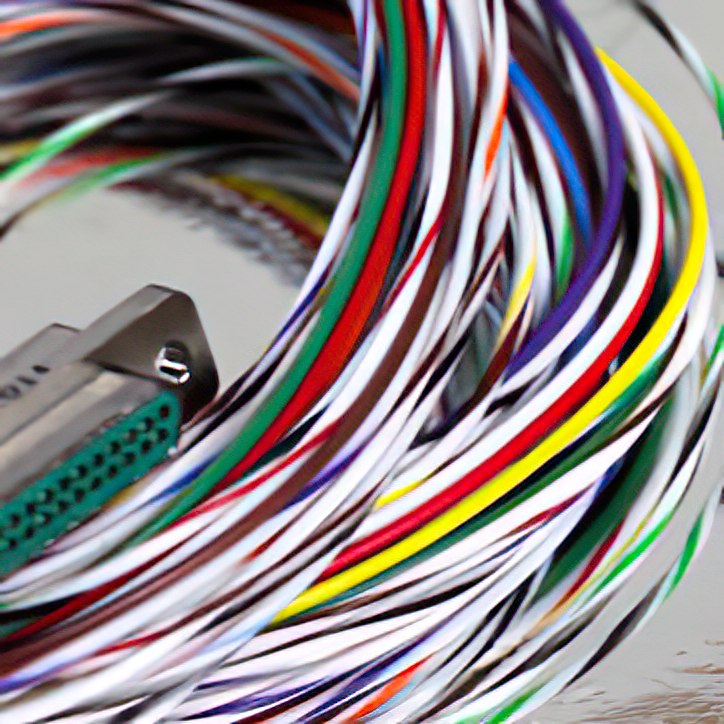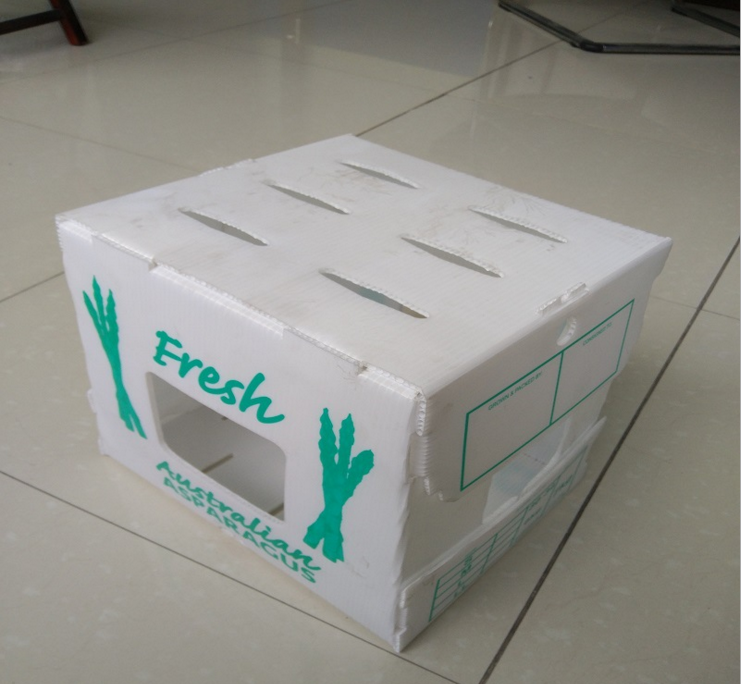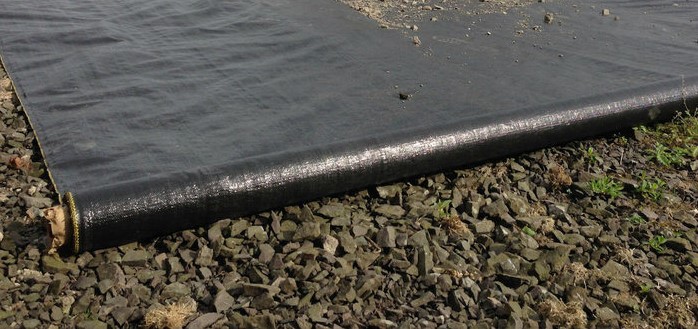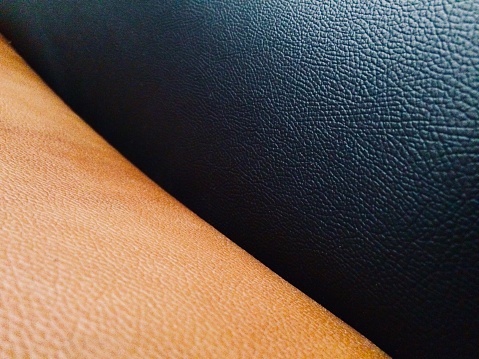Safoam™ chemical blowing agents are used widely in take-out food containers to reduce density, improve thickness, and increase throughput. Generally Recognized as Safe by the FDA, Safoam™ chemical blowing agents can be used alone for medium density products or they can be used in combination with any other gas to improve cellular structure, surface optics and overall cost reduction. Reduction of volatile organic compounds is possible when used as a nucleator in low density processes like extruded polystyrene.
Extrusion Foam Guidelines
Plastic sheets are ideal for many applications. HDPE plastic sheets perform well in high-stress applications and are suitable for a wide range of temperatures and stressors utilized during industrial projects. Significant weight reduction can be achieved. Safoam™’s fine cell structure allows the sheet to maintain critical properties and can be thermoformed in many applications. Using Safoam™ will not interfere with UV packages and can be easily laminated to other plastics and metals. Truck beds, shipping container walls, signage, bins and hoppers, and many other applications will all benefit from the use of chemical foam.
Extrusion Foam Guidelines
HDPE (high density polyethylene) is a cost effective solution for a broad range of piping problems in municipal, industrial, marine, mining, landfill, duct and agricultural applications,” according to the Plastic Pipe Institute. HDPE is used widely in the oil and gas industry because it is long lasting, weather resistant, and doesn’t leak toxic chemicals into the soil or water. Safoam™ chemical foaming agents are used in these applications to reduce weight and improve yield. The fine cellular structure left in the core by Safoam™ results in lighter parts and improved thermal insulation, while maintaining inner and outer diameter specifications.
Extrusion Foam Guidelines
Modern automobiles use plastics for just about everything! PP, Nylon, ABS, PC/ABS,TPO,TPE, and HPDE are used to mold dashboards, bumpers, overheads and door handles. Body side molding is extruded from PP or PVC, and thin, flexible window seals are often extruded with elastomeric resins. Just about every plastic component of the modern auto can benefit from the use of Safoam™ chemical blowing agents. Foaming agents are used to make cars lighter. Processors will see the benefits of faster cycle time, improved mold fill and finished parts without warp.
Injection Molding Foam Guidelines
Trailer liners are durable and light weight when made with Safoam™. HDPE resins are often used to make these liners which are highly resistant to oil, gas and chemicals. Safoam™ chemical foaming agents can significantly reduce part weight, improve mold fill and help to pack out the proper shape of each unique design. Surface properties like extreme skid resistance to keep your cargo secured and alternately, extruded polymers can be made smooth and slick to facilitate unloading. Safoam™ will not alter any critical physical properties like impact strength and will leave very fine cell structure in the core of the part. Huge production savings are possible.
Extrusion Foam Guidelines
Thermoplastic films made from polyethylene and polypropylene can benefit from chemical blowing agents. Carpet backing, raffia tape and anti-skid mats use Safoam™ to reduce weight, improve thickness, or even as a specialty surface effect. Generally Recognized as Safe by the FDA, Safoam™ is used widely in (non-clear) films used for food and medical packaging.
Extrusion Foam Guidelines
Chemical blowing agents are used in the injection molding of electrical boxes to improve mold flow, run faster cycle times and reduce warp. Dimensional stability is improved and flat parts stay flat. Modest weight reductions are possible with no change to physical properties. Let us guide you to the right Safoam™ product for PE, PP, HIPS, ABS and more.
Injection Molding Foam Guidelines
Injection molded compenents of all sizes can benefit from the introduction of Safoam™ chemical blowing agents. Weight reduction is the first thing users think of when introduced to chemical foaming additives. But small components will benefit from faster cycle time and curing time. Also, some polymers, like acetal, polyacetal (nylon) and polypropylene are prone to warp. The use of Safoam™ can mitigate or eliminate warp completely by reducing internal stresses and relaxed polymer chains. Flat parts will stay flat and interlocking parts and gears will work flawlessly. Safoam™ is used widely in unique shapes, bottle caps, brackets, plastic conveyer components and much more.
Injection Molding Foam Guidelines
Structural foam molded parts are generally larger parts often produced with low pressure molding and a chemical foaming agent. Some applications include large bins, totes, storage units, and pallets. Plastic pallets will increase in use, as pallets made from HDPE or PP are long lasting, recyclable, and are weather, chemical and parasite resistant. Safoam™ chemical blowing agents improve mold fill, reduce weight, and can increase load-bearing strength by reducing internal stresses during processing, and leaving a supportive fine cell structure in the finished part. Lighter, flatter, stronger are the key benefits.
Injection Molding Foam Guidelines
Extruded profiles made of HDPE, PP, HIPS, Nylon and more will benefit from the use of chemical blowing agents. The gas created by Safoam™ allows faster extrusion rates and weight reduction. The closed-cellular structure results in final parts that meet physical property specifications at reduced production costs. Especially beneficial in co-extrusion applications, Safoam™ can be used in unique custom extrusions and multilayer extrusions with no affect on lamination.
Extrusion Foam Guidelines
Safoam™ chemical foaming agents are used to reduce weight and increase extrusion rates of picture and mirror frames made from polystyrene or post consumer recycled polymers. Small, closed cell structures allow for dimensionally stable parts at lower production costs.
Extrusion Foam Guidelines
Foamed appliance components offer processors the ability to have more complete part fill, reduced internal stresses and improved cycle and curing time. Safoam™ chemical blowing agents help to eliminate warpage and allow for a lighter, stronger and flatter part.
Injection Molding Foam Guidelines
Safoam™ can be used in shoes soles of various types. From beach sandals to lightweight athletic shoes, the right Safoam™ product can improve shape and cushion. Generally Recognized as Safe, Safoam™ endothermic foaming agents can be used in processes that do not allow SVHC (Substances of Very High Concern). Safoam™, in powder or pellet form, is often formulated in various polymer systems.
Injection Molding Foam Guidelines
Plastic coated cables are wires that have been treated with a polymer coat to allow for increased wear, flexibility and easy handling. Plastic coated cables and wires are popular in a number of industries as they offer increased protection and improved aesthetics. Various jacketing of wire and cables are foamed with Safoam™ to produce a fine, uniform cellular structure.
Extrusion Foam Guidelines
Fluted Polypropylene (PP) sheet, also called Corrugated PP sheet, is a lightweight product noted for its versatility across many industries and applications. Fluted PP is used in graphic Arts, packaging, agriculture, automotive and industrial markets. Common applications include signage, trade show and retail display, crates, as separators or liners in packaging, vehicle trunk liners, and more. The use of Safoam™ chemical foaming agents offers a specific advantage in this market, which is the removal of sink marks, allowing for improved printing of logos, UPC codes, instructions, etc. Safoam™ blowing agents are GRAS (generally recognized as safe) for food contact and are used in fluted PP sheet transporting fruits and vegetables.
Extrusion Foam Guidelines
“Geotextiles” are permeable materials, usually buried in the ground to increase soil stability, aid in drainage or control erosion. Woven geotextiles are produced by interlacing two or more sets of strands of polymers made of PP (polypropylene), PET (polyester), PE (polyethylene) or Nylon (PA-polyamides). Safoam™ can be used to reduce weight during the extrusion of the strands. Slit films, which are flat, and monofilament, which are round, can be foamed with Safoam™. Critical properties like high strength and tear resistance can be maintained.
Extrusion Foam Guidelines
Artificial leathers are often used in clothing fabrics, furniture upholstery, and automotive uses. Usually made of polyurethane on a PET backing, Safoam™ can make the film lighter and improve thickness and gauge.
Extrusion Foam Guidelines
